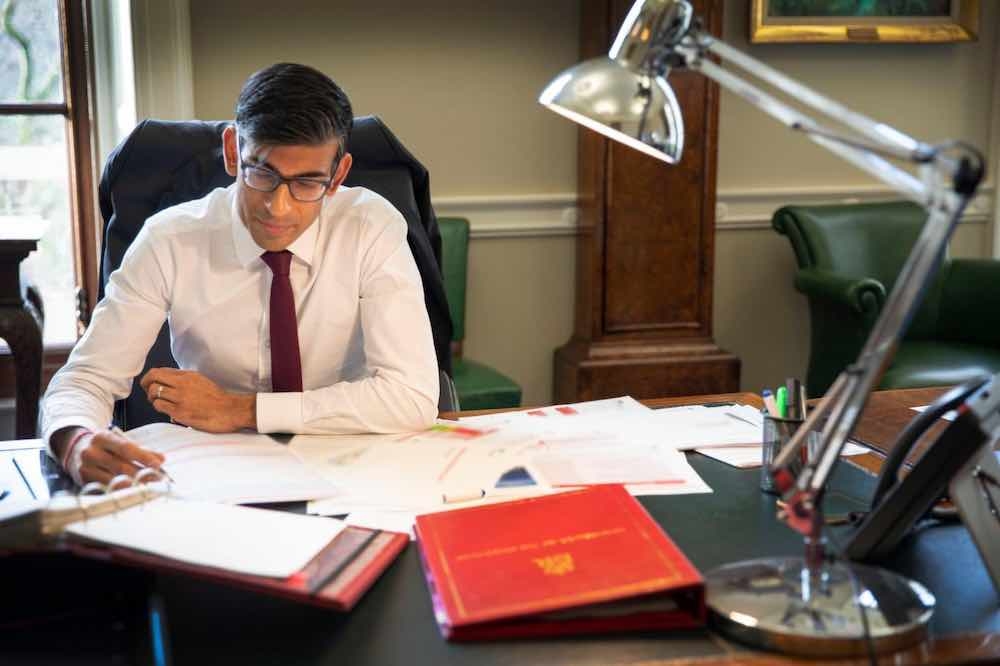
Earnings figures put triple lock under strain

Figures published yesterday by the Office for National Statistics (ONS) show that average weekly earnings grew by 6.6% year on year in the three months to May 2021, putting the pensions triple lock under further pressure.
The earnings growth was a considerable rise from the 5.7% in the three months to April 2021.
The figure is expected to rise further. The one-month figure published by the ONS for May 2021 was 7.3%. The Office for Budget Responsibility has forecast that earnings growth could rise to 8% in the next two months.
Without a change in the law, the Chancellor is obliged to increase the state pension by the growth in average earnings, whilst the ‘triple lock’ policy restated in the Conservative manifesto of 2019 also requires a link to earnings growth where this is higher than the growth in prices or a floor of 2.5%.
The final ‘triple lock’ calculation will be based on the earnings figures published in September (for the three months to July 2021), whilst the inflation figure used in the triple lock calculation is the September CPI (published in October).
If the final average earnings figure was in line with today’s 6.6%, this would lead to an April 2022 increase in the basic state pension of £9.10, and in the new state pension of £11.85.
According to actuarial firm LCP, around £85bn of pension spending is covered by the triple lock pledge, so each 1% increase adds around £850m to the state pension bill. This means an increase of 6.6% would add around £5.6bn to state pension spending, whilst an increase of 7.3% would add around £6.2bn.
LCP said the Chancellor could adjust earnings figures in order to maintain the triple lock promise. He could measure earnings growth over the last two years, this would give an annualised increase of 3.6% per year over the last two years. Or he could ask the ONS to calculate an ‘underlying’ earnings growth figure, stripping out the distorting effects of the Coronavirus pandemic on the economy which the ONS has said could be in the range 3.2%-4.4%.
Steve Webb, partner at consultants LCP said: “The triple lock was designed to give a steady boost to the value of the state pension which remains one of the lowest in the Western world. But it was not designed for a period when average earnings figures are as volatile as at present.
“The Chancellor may well be tempted to use an ‘adjusted’ average earnings figure for the April 2022 uprating as this might ‘get him off the hook’ this time round. But if he does so he should also re-commit to a strategy of building up the value of the state pension thereafter. This is particularly important to growing numbers of women who have worked in the private sector, who may have very modest workplace pensions and are heavily dependent on the state pension.”
Wealth manager Quilter made a similar suggestion that the Chancellor could temporarily tweak the triple lock by using a three-year rolling average figure for wage growth, thereby avoiding the large increase in expenditure expected next year.
A three-year rolling average would uprate the state pension by 3.4% in 2022/23, and would save the Government roughly £3.5bn next year compared to maintaining the triple lock in its current form.
Jon Greer, head of retirement policy at Quilter, said: “The triple lock has become a symbol of intergenerational tension, exacerbated by the rather artificial increase in earnings figures we are beginning to see this year.
“Real wages aren’t really growing by 7.3% when you remove the distortionary impact of Covid on the labour market. The Chancellor has said there must be fairness between taxpayers and pensioners in setting the state pension increase, and one way this could be achieved is by basing the earnings-growth element on a three-year rolling average figure.
“That way, state pensions will still increase by a generous 3.4% next year, but the Exchequer will save £3.5bn and preserve some semblance of intergenerational fairness.
“Ultimately, debates around the triple lock often get linked to the overall level of the state pension but that is another matter entirely. Tweaking the triple lock doesn’t mean a state pension cut. This is about how it maintains its value fairly over time.”
